Over the last two months the Bureau of Land Management (BLM), the agency within the Department of the Interior (DOI) responsible for managing oil and gas production on federal lands, held five oil and gas lease sales. The February and March lease sales offered just over a million acres in five western states: Wyoming, Utah, Colorado, New Mexico, and Oklahoma.
The 1.07 million acres BLM offered up for oil and gas exploration and development made up 867 separate parcels of varying sizes. Of those available, 691 parcels comprising 707,633 acres of federal land were sold, generating revenues totaling just over $122 million. Of the 691 parcels sold, 124 parcels, or 18 percent, received the minimum bid of just $2 per acre – the least BLM can accept per acre for a parcel. In the Colorado sale where five of the six parcels offered sold, four received minimum bids.
Most of the total revenue generated in the first quarter sales came from Wyoming, where federal lands contain rich deposits of oil and gas. Yet in the February lease sale in Wyoming, nearly 20 percent of leases were sold at the minimum bid price.
In addition to bonus bids, companies pay a one-time administrative fee of $165 per parcel and the first year’s rent for each parcel they win the rights to lease. As mandated by Congress (and last updated in 1987) companies pay a $1.50 per acre rental fee for the first five years of a lease term, and $2.00 per acre in years six through 10. These rates, which were set more than 30 years ago, have failed to keep up with inflation and significantly reduce taxpayer returns from federal oil and gas leasing. At an inflation-adjusted rent of $3.30 per acre, taxpayers would have received $2.5 million, or more than double what the five lease sales collected.
In addition, these five lease sales were unusual because of their size. In the first quarter of the last six calendar years , BLM lease sales offered up 280,000 acres, on average, for development. In this year’s sales, BLM offered almost four times as many acres. Some of the difference is explained by the inclusion of parcels that were deferred in last year’s sales. But the overall increase in acreage available for oil and gas lease is consistent with the trend in the current administration. Huge swaths of federal lands and waters are being offered for lease, potentially lessening competition.
The federal oil and gas leasing system is broken. Rental rates, admin fees, and royalty rates are dismally low and have not been updated for decades. The BLM, DOI, and Congress must do better to ensure that taxpayers are receiving a fair return on these valuable natural resources.


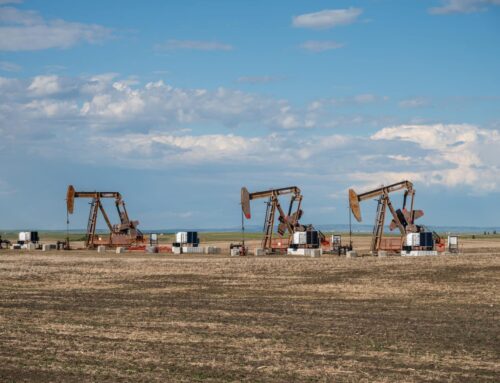
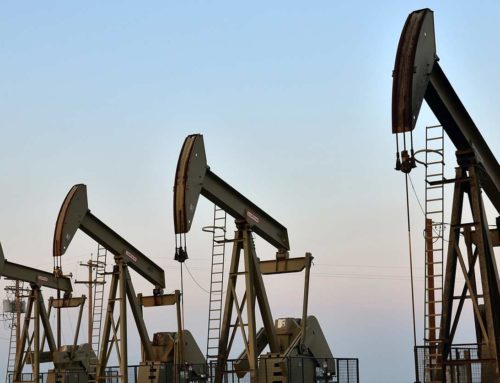
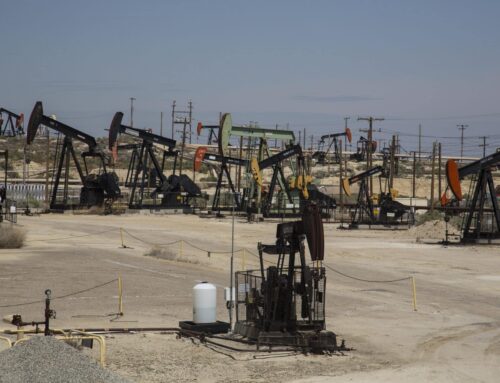
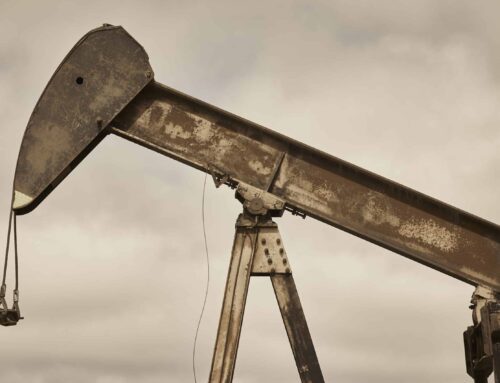
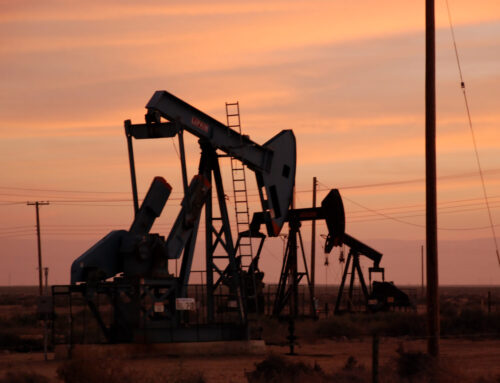


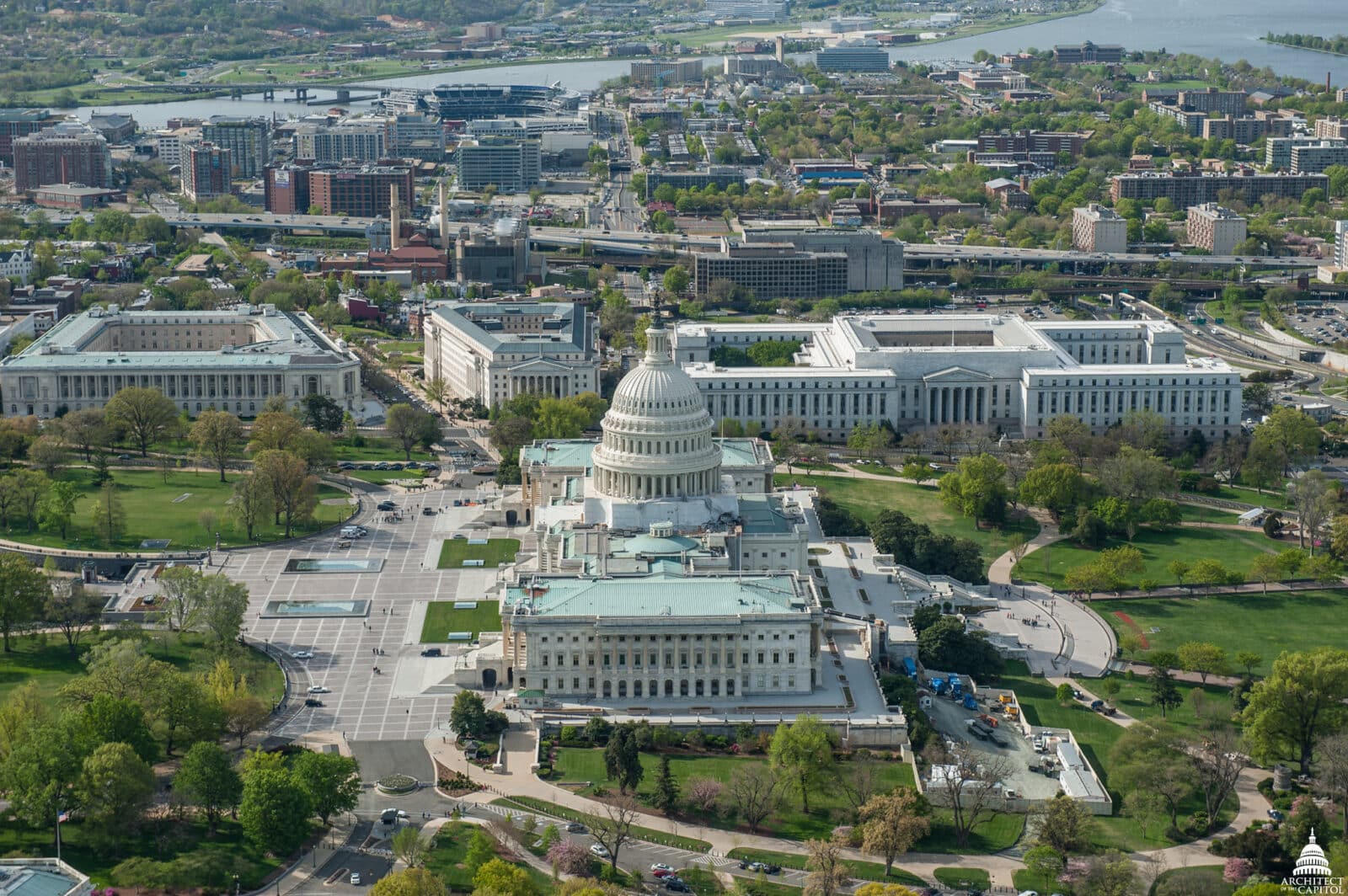



Get Social